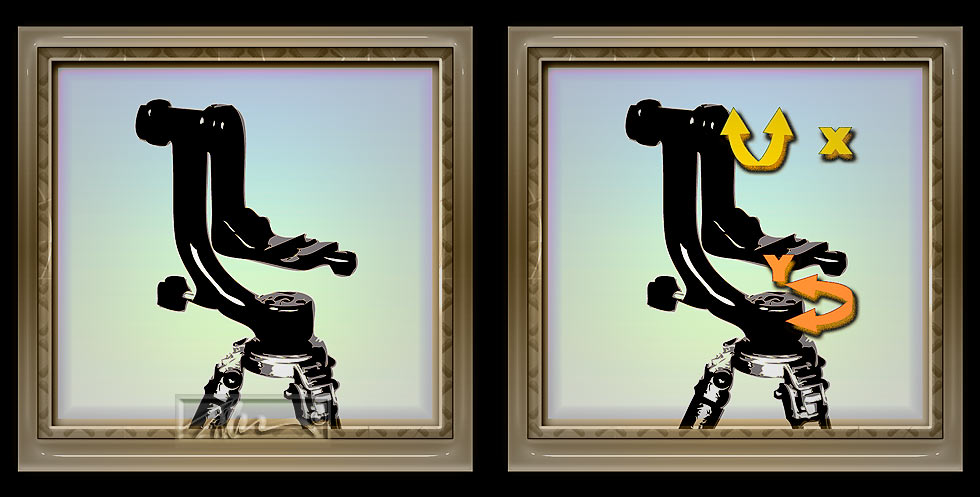Not all tripod heads are the same. In most cases, they can’t do everything that photographers might require to get certain types of shots. It depends a lot on what the photographer is shooting, the camera and lens used, as well as the kinds of motion that might be required. The tripod itself may also require a certain configuration in order to enhance the shooting experience.
Most ordinary tripod heads are used in a fixed position once adjusted. Small movements and adjustments are usually made around the X, Y or Z – axis to allow for positioning at a fixed angle. Normal tripod heads are meant to hold the camera steadily in a single position during the duration of an exposure. They are also useful for maintaining exact registration of sequential shots, images that require post processing such as HDR, when shooting in a studio, or anytime the background framing needs to be maintained. With the exception of a pan head, their most used purpose is to hold the camera steady and in a fixed position. They are great for landscapes, macro work, still objects, portraits and many other kinds of photography.
There is another kind of tripod head, which is meant to be used for action photography. Its purpose is to support the weight of heavy lenses and cameras while allowing rapid movement or repositioning for subjects that are usually in motion. This type of tripod head is called a gimbal head. It allows the camera to be supported and moved to any position in a rapid fashion around the X (horizontal) and Y (Vertical) axis. While the head can be locked into a single position, it is used mostly as a way to follow moving subjects such as animals, birds and for sporting events. It is a great way to capture wildlife, action and sports. Unlike other tripod heads, the gimbal allows the photographer to concentrate on the focus and zoom of larger lenses with one hand, while following the motions of the subject with the other. The action of this kind of head allows the camera to move across nearly any path a subject might traverse. This makes it easier to follow a running animal, a flying bird, a fast car, or a player on football field.
NOTICE of Copyright: THIS POSTING AS WELL AS ALL PHOTOGRAPHS, GALLERY IMAGES, AND ILLUSTRATIONS ARE COPYRIGHT © JOHN NEEL AND ARE NOT TO BE USED FOR ANY PURPOSE WITHOUT WRITTEN CONSENT FROM THE WRITER, THE PHOTOGRAPHER AND/OR lensgarden.com. THE IDEAS EXPRESSED ARE THE PROPERTY OF THE PHOTOGRAPHER AND THE AUTHOR.


